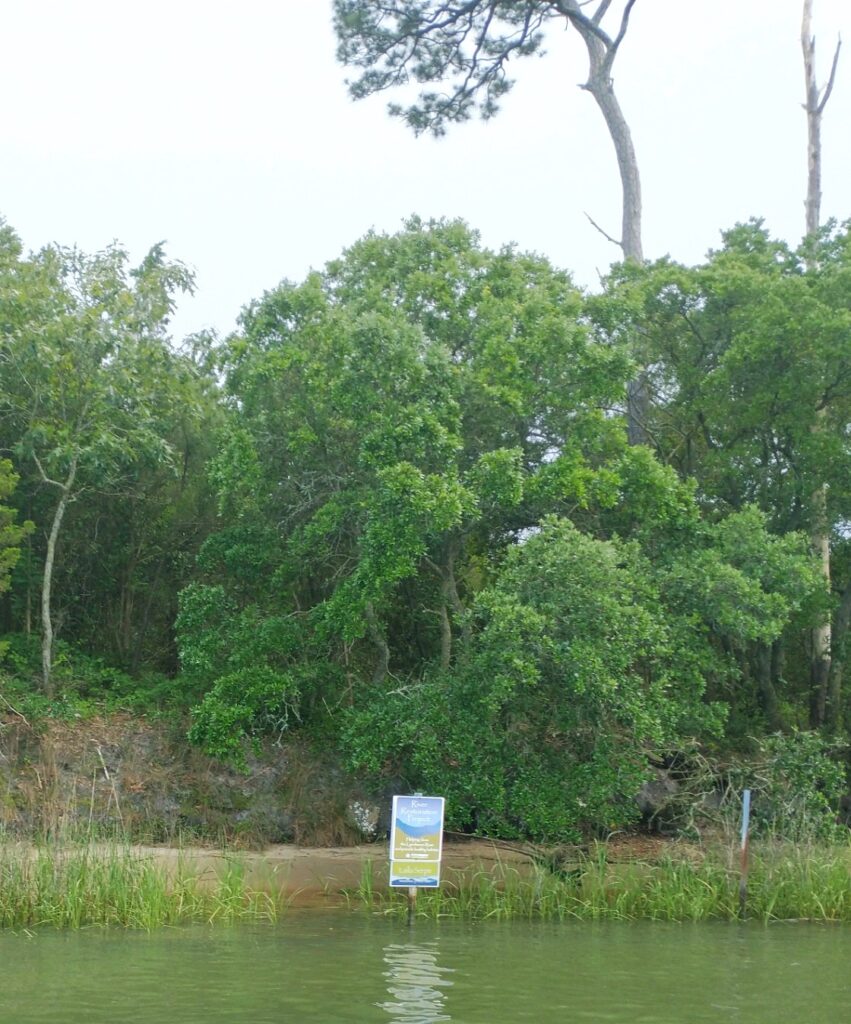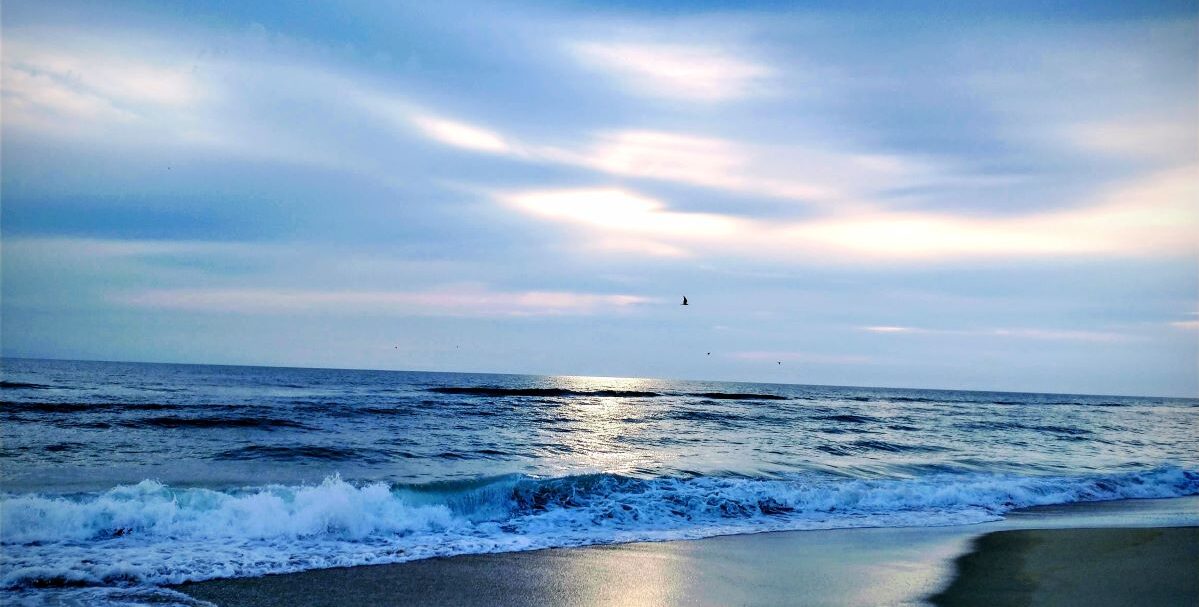“Everything really interesting and powerful happens at borders.“~ Mary Pipher, Writing to Change the World
Watershed – defined for our purposes as a noun meaning: “a region or area bounded peripherally by a divide and draining ultimately to a particular watercourse or body of water.” Or it can be the divide between draining areas, such as cliff or ridge between land and ocean.

Have you ever tried to list the waterways you’ve been fortunate to see, swim, float, or paddle in? Estuaries, tributaries, bays, rivers, ponds, sounds, aquifers, are all watersheds for the mighty oceans. * Though I could not recall all of the names of recreational ponds and lakes, I felt the expansive privilege of being able to map so many I’ve enjoyed.
- Atlantic Ocean
- Chesapeake Bay
- Broad Bay
- Linkhorn Bay
- Long Creek
- Lynnhaven River Narrows
- Tappahannock River
- Rappahannock River
- James River
- Mobjack Bay
- Potomac River
- Pamlico Sound
- Albermarle Sound
- Croatan Sound
- Currituck Sound
- North Bay
- Back Bay
- Redhead Bay
- Sheepshead Bay
- Long Island Sound
- East River
- Hudson River
- Connecticut River
- Winnapaug Pond
- Rhode Island Sound
- Block Island Sound
- Nantucket Sound
- Vineyard Sound
- Merrimack River
- Piscataqua River
- Lamprey River
- Spruce Creek
- Wadleigh Falls
- Cocheco River
- Squamscott River
- Great Bay
- Little Harbor
- Portsmouth Harbor
- Boothbay Harbor
- Saco Harbor
- Frenchman Bay
- St. Lawrence River
- Lake Michigan
- Mississippi River
- Colorado River
- Snake River
- Yellowstone River
- Columbia River
- Willamette River
- Puget Sound
- Elliot Bay
- Lake Washington
- San Francisco Bay
- Pacific Ocean
- Da Nang Bay
- South China Sea
- Mediterranean Sea
- Lake District
- Morecambe Bay
- North Sea
- English Channel
- Gulf of Mexico
- Tampa Bay
- Caribbean Sea
- Sargasso Sea
Our beautiful Earth is marbled with fascinating arrays of water, sometimes effusive like the roaring Snoqualmie Falls in Washington, others trickle like the lazy brook we played in behind my grandmother’s house in summer. The tranquil lake or unceasing hush of water lulls us with ionic harmony elevating our psychophysiology to a state of blue mind. We are lured to be beside and within water.
We often use the term watershed before a significant turning point or defining moment, such as how Interactions between human communities and estuaries in the Pacific Northwest may be watershed moments for declining fish habitats and environmental protection.
I found this medical definition of watershed extremely interesting as it relates to the intersection of our body’s systems and water: “an area of tissue (as of the brain or colon) that is located at the periphery of two separate arterial systems, is dependent on both for blood supply, and may be poorly perfused and vulnerable to ischemia.” Water makes up 99% of our molecules, and approximately two thirds of our body weight. How we treat our waterways globally may well determine our overall health. As within so without, as above so below.
We think of water existing in three forms: vapor, liquid, and ice, but a very interesting thing happens at the border of water when exposed to radiant heat. At the honeycomb crystalline surface interface between water and air there is a fourth stage of water called exclusion zone (EZ) water. Researcher Dr. Gerald Pollack is the author of The Fourth Phase of Water, in which he describes how infrared creates a denser energy that excludes solutes. This radiant energy water drives the vascular flow in plant cells, and in every cell of our bodies, too! This also explains why we feel so good in sunlight and saunas and warm water.
Only three percent of the earth’s precious water is fresh water, and only one percent of that is accessible and unfrozen. This made me think: the Earth’s water is a finite resource within our atmosphere. We can’t grow more, therefore, sourcing, allocating, maintaining, and sharing are active choices. Since we need fresh water to survive and thrive it must be a natural right for all, right?
What are your views on corporations that buy up rights to water for profit? Commoditizing clean fresh water seems unethical unless they are distributing it to those in need who may not otherwise have access. Does it make sense to keep an eye out for who protects, damages, or controls fresh water? What about extractors who neglect to clean up the water they use or spill?
Here is a short reference list below for some ideas about how to actively protect water quality and get involved in preserving the waterways. There’s so much more to explore. ∞ ♥ ♒︎
* Here’s a very short list of resources to learn more about your area watershed and wetlands.
Energy.gov/energysaver/articles/water-our-most-precious-resource
Why are estuaries important? ~ Restore America’s Estuaries
Coastal & Estuarine Research Federation (cerf.science)
Clean the Bay Day Clean the Bay Day happens the first Saturday of June. (cbf.org) Amazingly the registration is full for all of Virginia Beach this year!
Lynnhaven River NOW | Restoring Virginia Beach Waters – Kayaking to clean up waterways is a great way for junior and high school kids to earn volunteer hours and explore the many areas that feed into the Bay.

